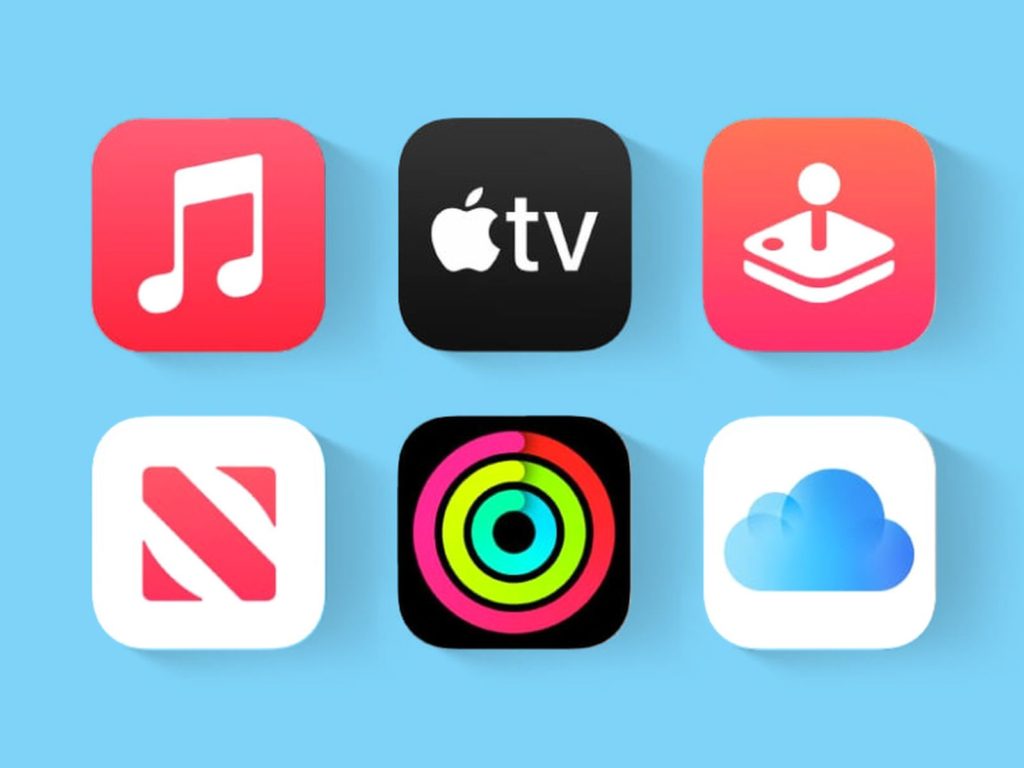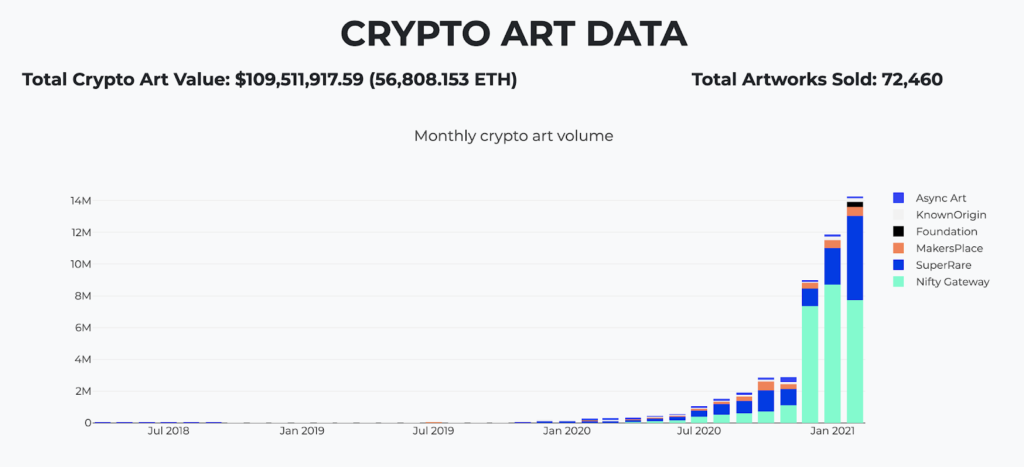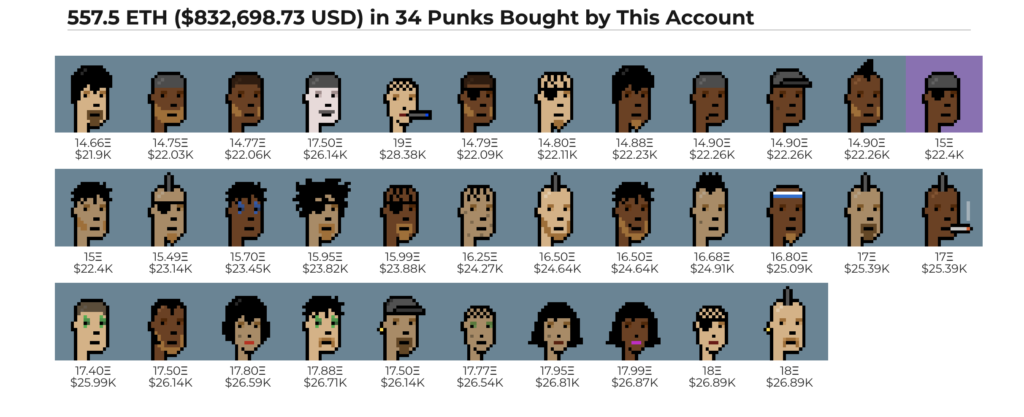Indoors and unbound, a restless nation begins to imagine its digital future
Our collective anxieties, heightened by both the real and imagined threats of the pandemic, helped accelerate a year of business digital transformation so historic that the long-term impacts are still being unpacked. For nearly a year since the pandemic began, people have had to alter the ways in which they’ve worked, conducted commerce, exercised, and entertained themselves.
The importance of having a digital business transformation strategy in order to survive those consumer shifts became clearer over the course of the year. According to the best-selling book, “Digital Business Transformation” (Wiley, 2021), the pandemic acted as “an accelerant in the wholesale transformation of business relationships and interactions between companies, customers, suppliers, and employees.” The watershed transformations pushed us closer to a world that futurist Buckminster Fuller foresaw in 1938, in which “technological advancement means doing more and more with less and less until you can do everything with nothing.”
Doing Everything with Nothing
Transformation trends for 2021
Here are five emergent digital transformation trends that move us closer to a world where it feels like you can do everything with nothing.
The Rise of NFTs and Digital Collectibles
Virtual businesses are popping up all over the Internet to sell non-fungible tokens (NFTs) and backing them up with proof of ownership stored on the Ethereum blockchain. It’s unreal, but it’s really happening. NFTs are basically pixel art or CryptoArt that can be as basic as an avatar icon or as expansive and detailed as a CyberPunk city. Some early innovators are making staggering amounts selling their NFTs, while critics question why anyone would pay thousands of dollars for what seem like easily replicated digital files.
Key Takeaway: Real or imagined, offering your customers creative digital artifacts is a new way to reach them.
The Quest to Scale Vice Brands Across State Lines
The casinos have been getting whacked in Vegas ever since the pandemic hit. But some companies like MGM have been using digital transformation strategies to bring their deep knowledge in the field of betting and odds-making to help launch online betting platforms as more states lift betting restrictions. When people start coming back to the casinos, MGM may stand out as an example of how to use digital transformation to diversify revenue streams and cross-promote between digital and physical properties.
Key Takeaway: Consider how your digital and physical experiences complement each other. Can your services seamlessly move customers between both worlds when geographic constraints are still real in your industry?
The Outcry to Digitally Revive Nostalgic Retail Brands
GameStop, a favorite meme stock of 2021, is a digital transformation story happening in real-time. The former CEO of Chewy.com and an army of nostalgic retail investors are betting on remaking the company into a profitable eCommerce destination for gamers and re-imagining how hundreds of its underperforming physical stores might better support a new digital experience.
Key Takeaway: The community of investors on Reddit.com reminds us of the power that nostalgia and sentimentality can play in driving irrational markets and revealing deep brand loyalties, as GameStop, AMC, and Koss recently discovered.
The Rundle Remakes Digital Subscriptions
For the last few years, digital transformation strategists have been touting the “Rundle” — a recurring revenue subscription bundle that purports to unlock more shareholder value — and as a result, we’ve got American consumers strapped with so many recurring subscription charges that it’s hard to keep track of them all. By including less popular or secondary offerings with a highly desirable offering, companies can bundle products into subscriptions and increase the perceived value of the offering, even if it means just adding Apple Arcade. But, hey, anything for more iCloud storage.

Key Takeaway: Adding value to your customers’ purchases can be real or perceived. Think about the special add-ons or value adds that can be included in your bundled offerings.
Online Collaboration Tools Disrupt the Business Trip
A new breed of digital start-ups is helping to prove out the value of online collaboration where in-person meetings were once the norm. Tools like Miro, which provides online collaboration boards for workshop ideation, and Figma, which allows real-time design collaboration between teams, are two popular examples that quickly unseated competitors who moved too slowly to provide comparable, collaborative cloud-based solutions. These companies are unburdened by the constraints of physical space or high fixed infrastructure costs.
Key Takeaway: Identify or develop digital tools that can encourage collaboration between customers or between customers and partners or partners and partners.


